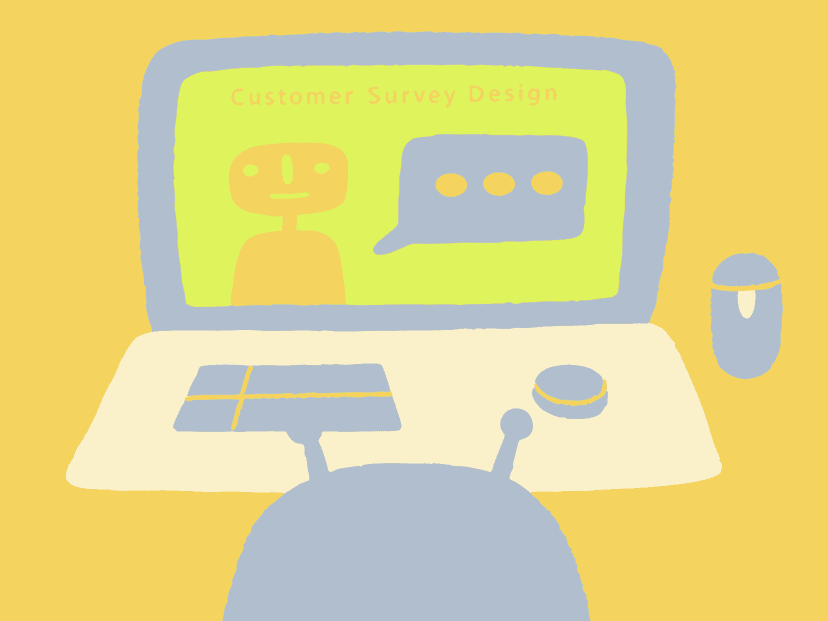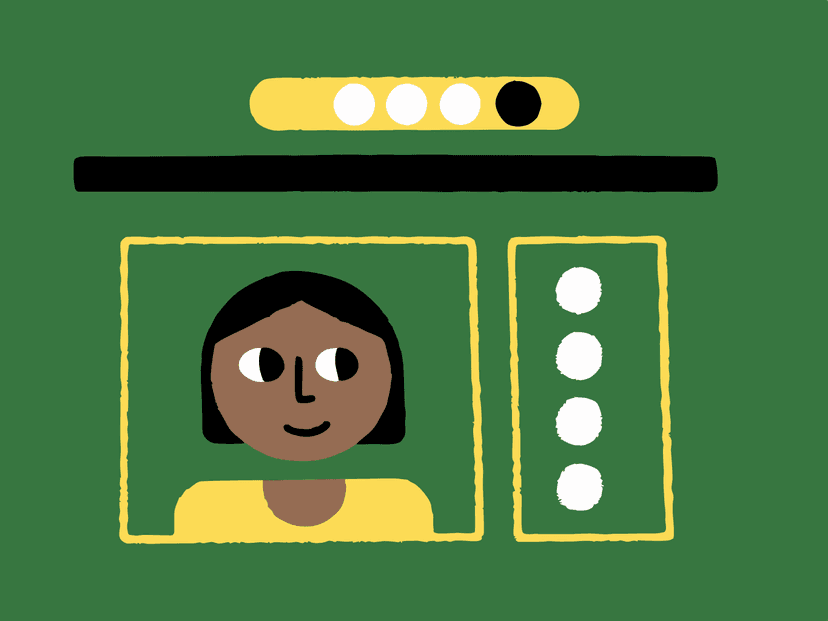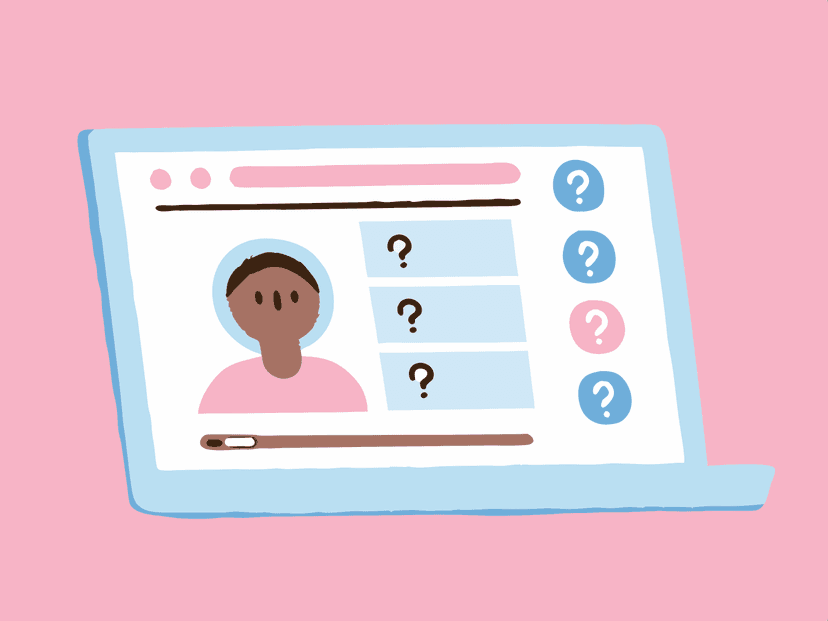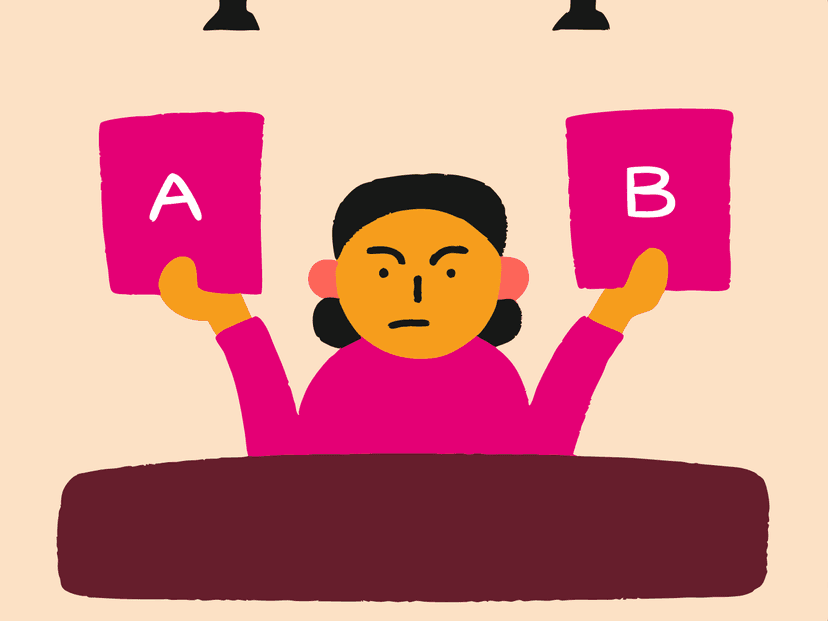Thursday, October 24, 2024
5 Proven User Research Secrets Methods from Top Tech Companies Like Google and Amazon

Before entering the product management field, you might have heard that user research is one of the most important daily tasks for product managers. However, when you actually try to do it, user research can be challenging to execute. This article share the true value of user interviews and practical tips based on personal experience and lessons learned.
Have you ever felt this way: Before becoming a product manager, you heard that user research was one of the most important daily tasks for product managers. But when you actually joined an internet company and became a producter, things like questionnaires and user interviews seemed non-existent. Work either meant directly writing documents for received requirements or opening competitors' products to copy...
After working as a product manager in a big company for two years, I finally had the opportunity last week to conduct proper user research with my team in China for several days. This research experience made me realize the true value and challenges of user research. Casual chatting with users won't yield much insight - user research is truly a discipline that requires practice, and mastering the correct research methods is crucial.
It would be unrealistic to develop a complete research methodology just from a few days of field work, and this research only involved direct user interviews without questionnaires. Therefore, this article aims to share the true value of user interviews and some practical interview techniques based on my personal experience and lessons learned.
The interview techniques, in particular, were summarized through trial and error and reflection during the first half of the trip. When I applied these techniques during the second half of the trip, I gained many user insights and iterations in understanding. The research results shared after returaning to the company not only provided valuable insights for the team but also provided precious information for the next phase of product planning. Reading this article patiently will surely help those who want to conduct user research.
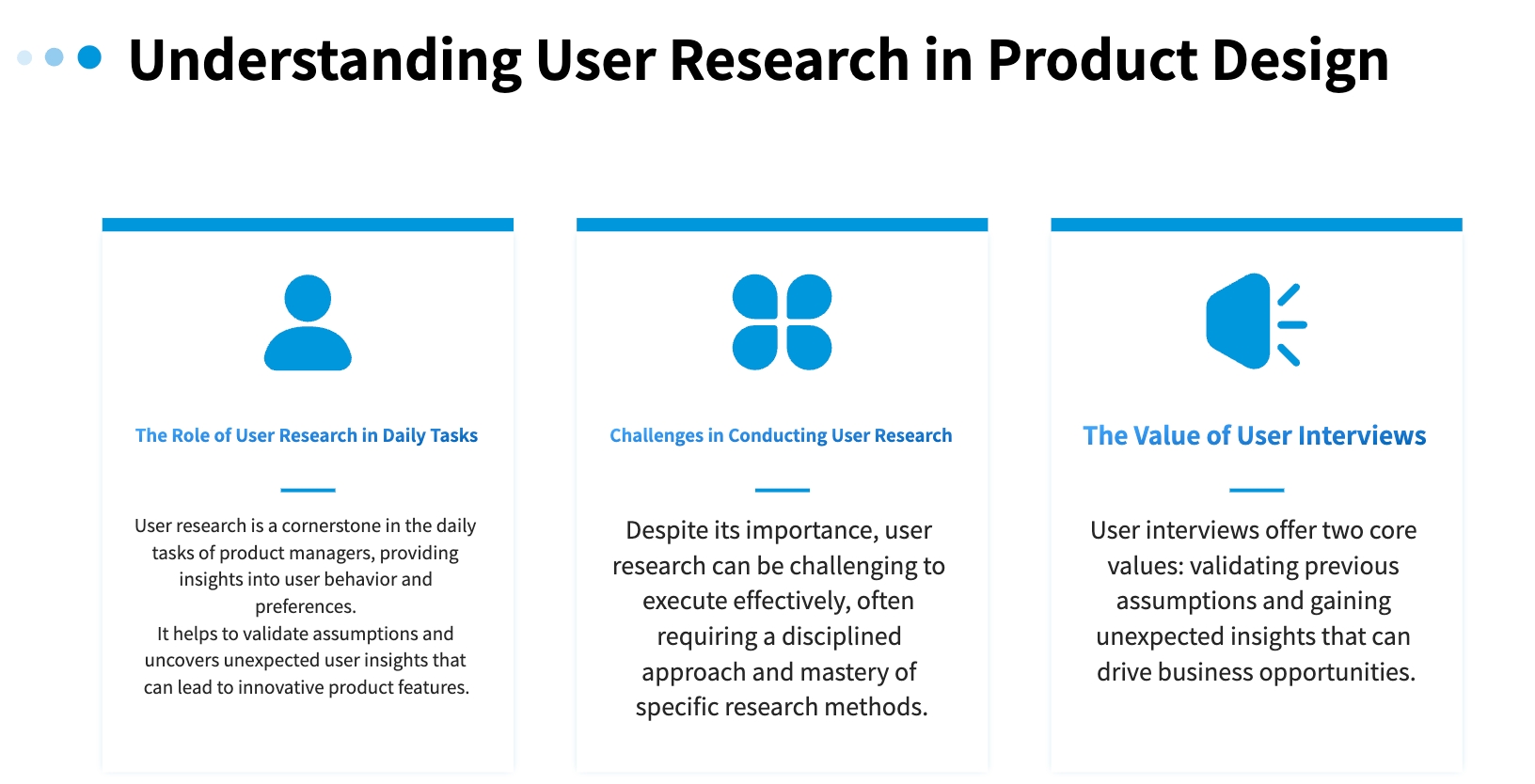
I. The Value of User Interviews
Through this offline research, I realized that user interviews have two core values: validating previous assumptions and gaining unexpected insights.
First, validating previous assumptions. In our daily product work, we always tend to put ourselves in users' shoes and speculate about the motivations behind user behaviors. This method has some scientific basis because people's rationality is generally similar in most scenarios, and we ourselves represent certain types of users. However, this is still one-sided speculation without verification from real users. When using such speculation as the basis for product decisions, it can be somewhat far-fetched. When faced with questions from developers and bosses, we might lack confidence. Especially when the post-launch results don't meet expectations, explaining becomes awkward and seems unprofessional.
When we see users' operations with our own eyes during research and hear users express thoughts that align with our speculations, it gives us tremendous confidence in making product decisions. After all, each user's direct feedback reflects the real needs of a certain type of user.
For example, I recently developed a shopping cart price drop alert feature based on my assumption that users add items to their cart without buying because they're waiting for price drops. When I interviewed many users offline who had added products to their cart but hadn't purchased, they mostly said, "The current price isn't right, I added it to wait for it to get cheaper in a few days." Although the feature hasn't launched yet, hearing this greatly boosted my confidence.
Furthermore, a more valuable aspect is gaining unexpected insights during interviews, which can help uncover business opportunities that are difficult to imagine otherwise. This effect occurs because user needs are diverse, and rational analysis can only reveal limited user needs. Interviews allow us to discover problems that we could never imagine while sitting at our desks playing with our phones.
For instance, during interviews, I observed that users rarely clicked on the order bundling assistant when selecting items to check out in our shopping cart. Several times I saw users who were just three to five yuan short of reaching the bundling threshold, yet they didn't try to bundle. When I asked why, users said "It only saves one or two yuan after reaching the threshold, not worth it." I realized that we had been too focused on product design without considering that low feature usage might be an operational issue. The key to solving this problem wasn't strengthening the display of the bundling assistant, but adjusting the threshold and amount of discounts to give users more motivation to bundle orders, while helping the business achieve a higher return on investment.
II. User Interview Techniques
Although user interviews are so valuable, to do this "craftwork" well, you need to master some techniques first. Interviews without techniques will only waste our time and users' time. Almost all the truly valuable information we gathered from this offline research was obtained during the second half of the trip, because the first half was spent learning interview techniques through trial and error, without gaining much effective information. Here are five techniques I summarized for interviewing:
- Prepare questions in advance, but don't ask rigidly
Good soldiers don't fight unprepared battles, and this is especially true for user research. Before going to meet users, you must prepare your questioning framework in advance. This helps avoid being too nervous to ask questions when meeting users and prevents missing the questions you care about most.
As for which questions to prepare, focus on the goals of this research and ask questions around those goals. For example, our research was mainly aimed at finding opportunities to improve user experience in C-end product design. As an e-commerce platform product, our questions were designed around the user path from product discovery to transaction. For example, "How do you usually operate when you want to buy something, can you demonstrate for me?", "What information do you pay most attention to when selecting products?", "Do you usually use the shopping cart, can you show me how you operate it?" etc. About a dozen questions basically covered user interactions with various functional modules of the product.
While preparing questions is important, you shouldn't ask them rigidly during the actual interview, as this will make users lose their train of thought, not know how to answer, or give perfunctory responses. For example, if a user has already said they don't often use the shopping cart and usually place orders directly when they see something they like, asking a bunch of shopping cart-related questions according to plan won't get us any effective information.
A better approach is to ask follow-up questions based on users' responses to previous questions. Digging deeper is more likely to yield "pleasant surprises." For example, if users say they prefer to order directly, it's better to have them demonstrate how they place direct orders, observe what information they focus on during the process, and ask timely questions to verify.
- Gain user trust
Pure emotion doesn't work, and neither does pure technique and manipulation. User interviews need to find a balance between emotion and technique. Getting users to let their guard down before formal interviews can open up the subsequent interview. There are many ways to gain trust, here are some I commonly use:
First, explain intentions and ensure privacy. After greeting users, start with self-introduction, preferably showing your work ID to prove identity. Then introduce the research purpose, ask for user consent, and apologize for taking their time. It's important to tell users you'll be recording video but will definitely ensure their privacy, not filming their face, account details, payment passwords, or other private information.
Second, make small talk. After introductions, don't rush into the main topic. Having some casual conversation to get users into a chatting rather than interviewing mindset will be helpful. For example, ask about their approximate age, occupation, how many people they cook for at home, etc. Small talk can quickly close the distance between us and users.
Third, clarify rewards. Inform users that this research will take some of their time, but rewards will be provided in appreciation. For example, we would let users select and order products using our platform and promise to reimburse 20 yuan. By clarifying rewards upfront, users will be more cooperative later, because even if they become impatient, they'll continue the research for the reward. However, note that interview time shouldn't be too long. If you need to conduct lengthy in-depth interviews, rewards should be increased accordingly, and user time should be scheduled in advance.
Of course, everyone has their own way of getting closer to strangers, so feel free to be creative. The key is to make the interview atmosphere more relaxed.
- Set real goals for users
There's a famous saying in the product world: "Don't listen to what users say, watch what they do." Because no matter what people say, their actions are always more honest. In interviews, this can be implemented by: setting a goal for users and having them use the product to achieve that goal authentically. Through this method, we might observe some unexpected operations, and through further questioning, we can obtain valuable information that wouldn't come up in direct conversation.
For example, during my research, I met an older lady. When I asked what her household needed these days, she said soy sauce, so I asked her to place an order and show me how she does it. Then I observed her clicking "Buy Now" on Haitian soy sauce's product detail page to enter the checkout page, but surprisingly she clicked back. When I asked, "Weren't you going to buy soy sauce, why did you go back?" she told me she wanted to add this product to her cart first and look at other brands of soy sauce, she had clicked the wrong button earlier. Later when I reviewed this video footage and carefully observed the product detail page, I realized it was likely because the "Buy Now" button was visually too prominent compared to the "Add to Cart" button, leading to user misclicks. If I hadn't set the goal of buying soy sauce for the lady, I might never have observed her operation error and discovered this design issue.
- Observe more, guide less
During my research, I noticed an interesting phenomenon: whenever we guide, users will always agree. Guiding means we guess users' thoughts and confirm with them using closed questions (questions that can be answered with yes or no), usually in the form of "I saw you just did something, was it because of this reason?" Whenever we ask like this, users will likely answer "yes" even if that wasn't their actual thinking. This is because people naturally avoid conflict and are lazy to think - when you guide them, agreeing is the easiest response.
Although this principle is easy to understand, you'll realize it's hard to implement when you actually start interviewing. Guiding users becomes an uncontrollable subconscious behavior. For example, when I see users who have a specific product they want to buy but can't find it after scrolling through recommendations for a while, I might become impatient and try to guide: "In this situation, have you considered using search?" Users will almost certainly say "yes" and naturally click on the search box, even if they might never use search normally. This is also human nature - people generally don't want to appear ignorant in front of others.
So when you observe users reaching a dead end or encountering difficulties, don't try to tell them the answer. Instead, try to understand what problems they're facing - this might be where we can find the optimization opportunities we're looking for.
- Record everything
User interviews should clearly separate information collection and information analysis into two steps. The interview is the process of collecting information, while reviewing the interview process and extracting effective information after returning is the process of analyzing information. If these two steps are combined, you might not do either well. Because during interviews, all your attention is focused on asking questions and following up based on user behaviors and responses. Only after stepping away from the questioning state can you calmly review and think about the motivations behind user behaviors. To achieve this, recording videos to collect information becomes essential.
On the other hand, once interviews start, we will continuously talk with different users for several hours. After interviewing later users, we might have forgotten what earlier users said. Without video recordings, many important pieces of information would be lost when organizing materials after returning.
Additionally, video recording has another advantage: it allows us to discover previously overlooked details through pausing and repeated viewing. By watching and organizing the recordings, we can dig out the "treasures" hidden in the interviews as completely and comprehensively as possible.
Of course, recording must be done with user consent. Generally, after explaining intentions, promising privacy protection, and clarifying interview rewards, users will basically agree to your recording request. However, if users really don't agree to video or audio recording, it's better to have your colleague help take notes during the interview.
Final Words
User interviews are the most direct research method for product managers to understand users and uncover user experience pain points. They can verify our assumptions about user behavior motivations and reveal unexpected user behaviors and views. They can effectively avoid armchair theorizing, working in isolation, and the pain point of racking our brains for pseudo-needs.
Anyone can conduct user interviews, but it's not easy to maximize their effectiveness. You need to understand some basic principles and techniques, and continuously find your groove through practice to explore the most suitable interview methods for yourself. This article shared five techniques that I've found effective:
- Combine advance preparation with flexible questioning, build a solid foundation for the battle.
- Gain user trust through sincerity, friendliness, and respect for user privacy to create a relaxed interview atmosphere.
- Set real goals for users to recreate the most authentic product usage scenarios.
- Observe more, guide less - don't listen to what users say, watch what they do.
- Don't forget to record everything - a camera is better than memory.
Among these five points, I believe the fourth is both the most crucial and the most difficult. Because the other points can basically be achieved through preparation and a few practice sessions, but the fourth point requires you to be fully immersed in the interview process. You need to both put yourself in users' shoes to observe what they observe and think what they think, while also being able to switch to a product manager's perspective at any time to identify mismatches between product design and user needs. This ability needs to be gradually developed through continuous interviews and reflection.
After reading this article, you can also start designing your own user research. I believe you will definitely gain something valuable from the research.
Related articles
